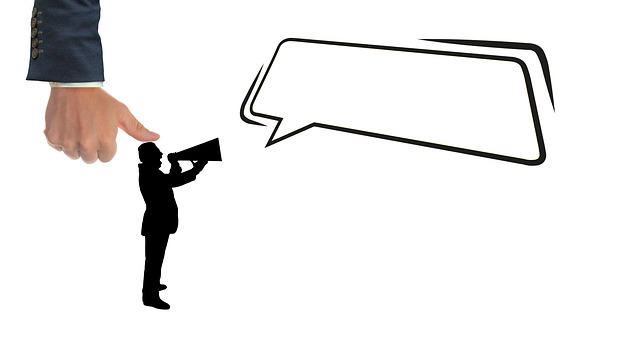
“The Leader’s Guide to Effective Problem Solving Strategies”
The Leader’s Guide to Effective Problem Solving Strategies
In the realm of leadership, the ability to navigate through challenges with skill and confidence is crucial. Leaders are often faced with complex issues that require not just quick fixes but thoughtful strategies for lasting solutions. Embracing problem solving as a fundamental component of your leadership toolkit can elevate your effectiveness and foster a culture of resilience and innovation within your team.
Embrace a Positive Mindset
When confronting challenges, a positive mindset can make a significant difference. This involves perceiving problems not as hurdles but as opportunities for growth and improvement. As a leader, your attitude towards problem solving sets the tone for your team. Encourage a culture where mistakes are seen as learning experiences. This approach will empower your team to think creatively and collaboratively, leading to more innovative solutions.
Define the Problem Clearly
One of the first steps in effective problem solving is clear identification of the issue at hand. Gather your team and articulate the problem in specific terms. Asking the right questions—What is the core issue? Who is affected? What are the potential impacts?—can help you see the full picture and guide your approach. A well-defined problem is half-solved.
Leverage Diverse Perspectives
As a leader, you have access to a wealth of experience and knowledge within your team. Leverage this diversity by inviting input from various stakeholders. Different perspectives can unlock creative solutions and highlight factors you may not have considered. Foster an environment where team members feel comfortable sharing their thoughts, regardless of their position. This inclusivity not only enhances problem solving but also strengthens team cohesion.
Prioritize Solutions
With various potential solutions at hand, the next step is prioritizing them based on feasibility, impact, and resources required. Rank these options and consult your team for feedback on each. This process encourages collaborative decision-making and ensures that everyone feels invested in the chosen solution. Remember, an excellent leader knows that effective problem solving involves a balance between analytical thinking and intuitive judgment.
Implement and Monitor
After selecting a solution, develop a clear plan for implementation. Outline the steps needed, assign responsibilities, and set timelines. As execution begins, establish monitoring mechanisms to evaluate progress. Regular check-ins can help you assess the effectiveness of the solution and allow for adjustments as necessary. This proactive approach can transform challenges into opportunities by ensuring that your team stays on track while feeling supported.
Reflect and Learn
Once a solution has been implemented, take the time to reflect on the process. What worked well? What could have been handled differently? Encourage your team to share their insights and experiences. This reflection is crucial for continuous improvement and will prepare you for future challenges. Cultivating a learning culture will make problem solving a seamless part of your leadership style.
Incorporating these strategies into your leadership practice will enhance not only your ability to resolve issues but also inspire your team to take a proactive approach to challenges. Remember, effective problem solving isn’t just about fixing problems—it’s about building a resilient and innovative environment where your team can thrive.



